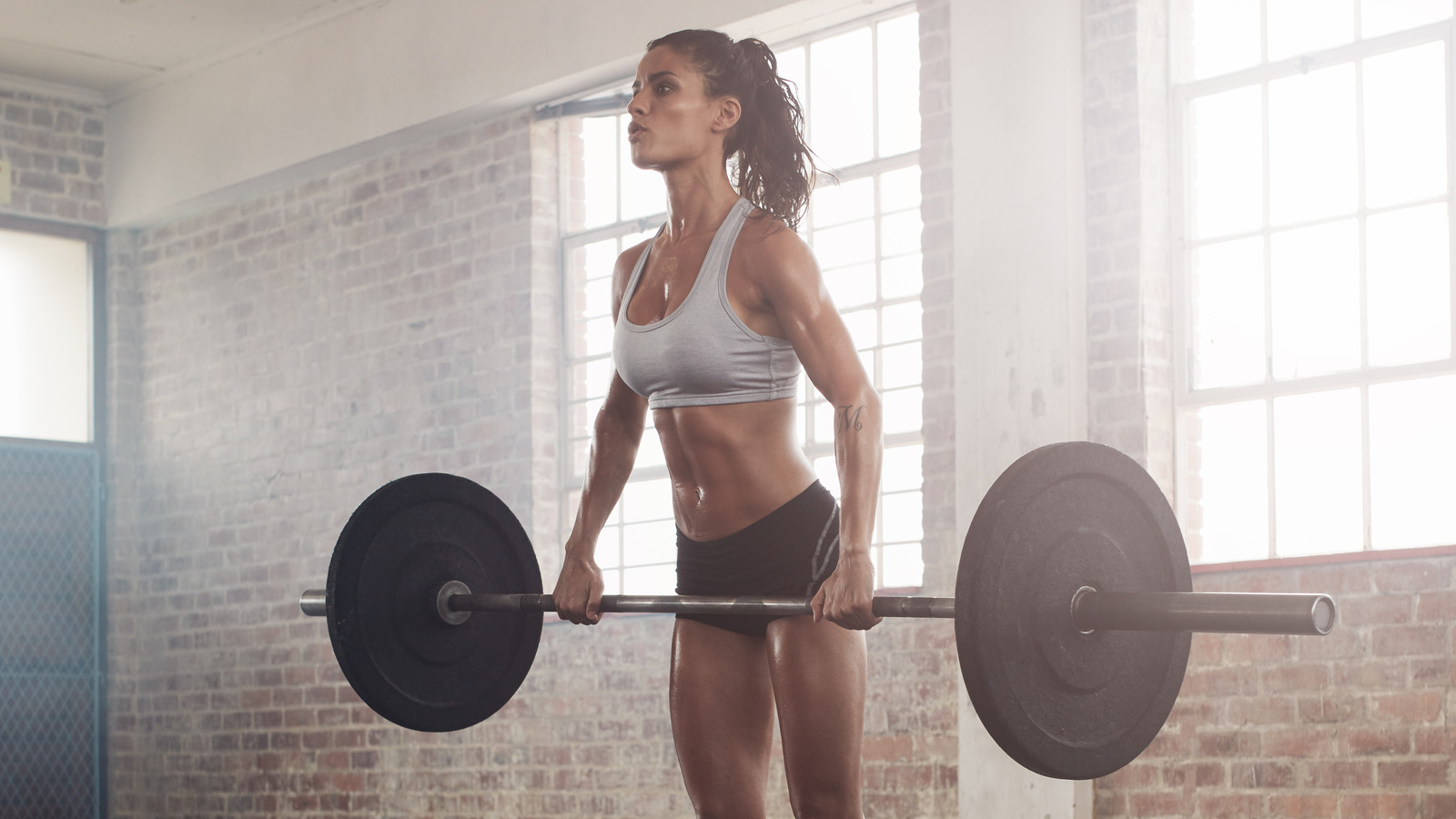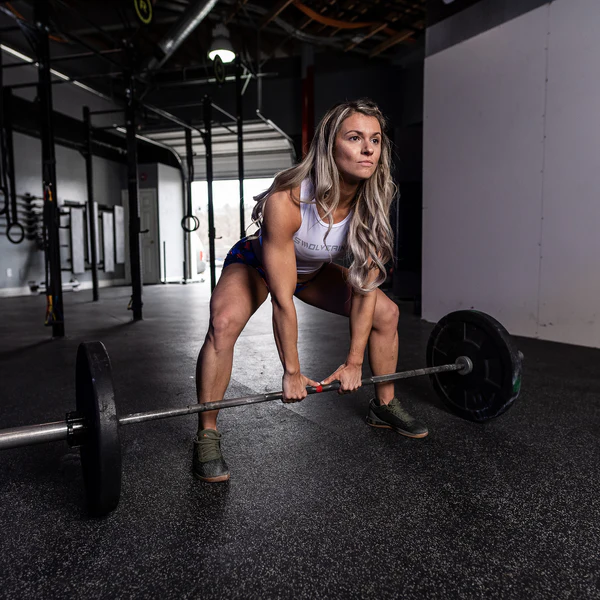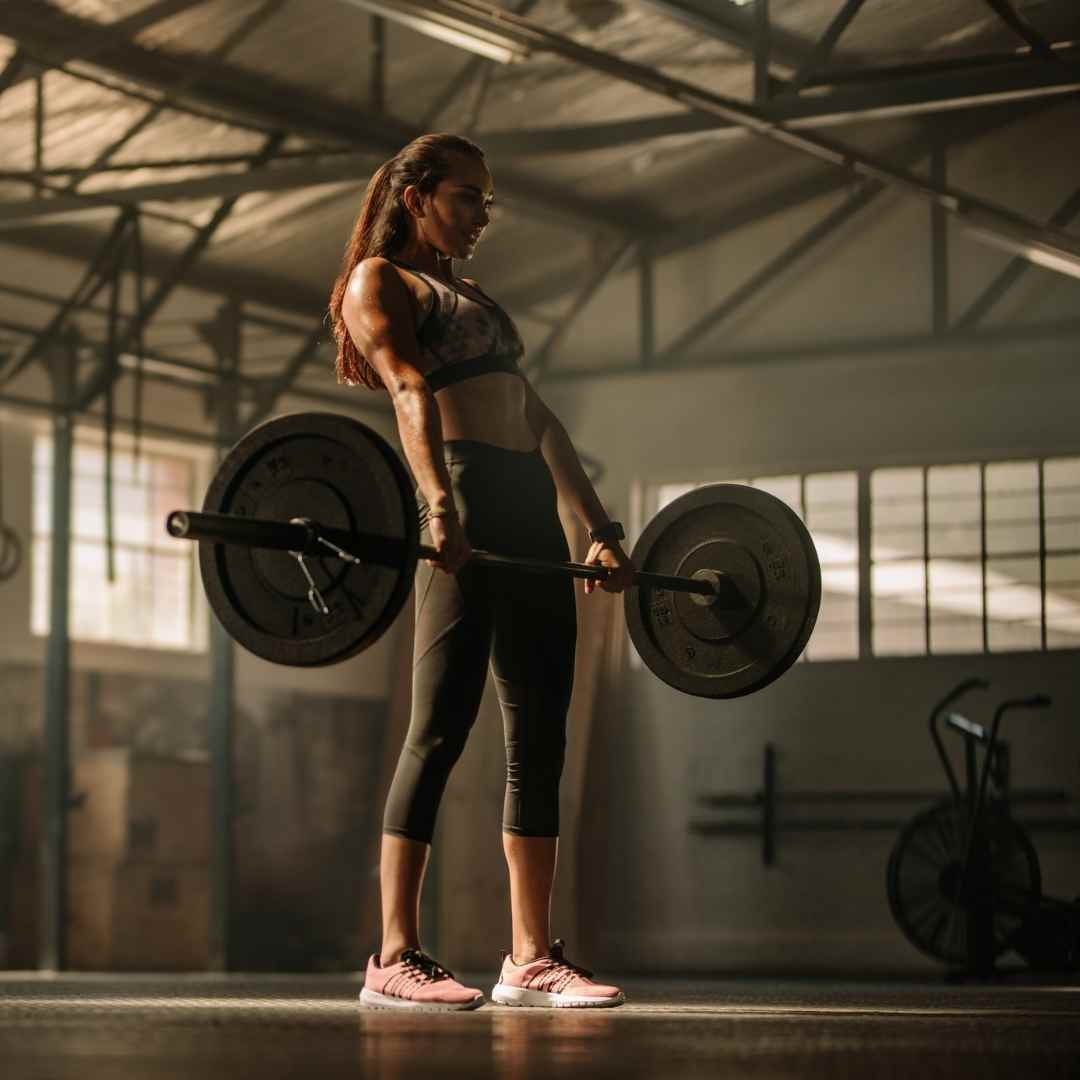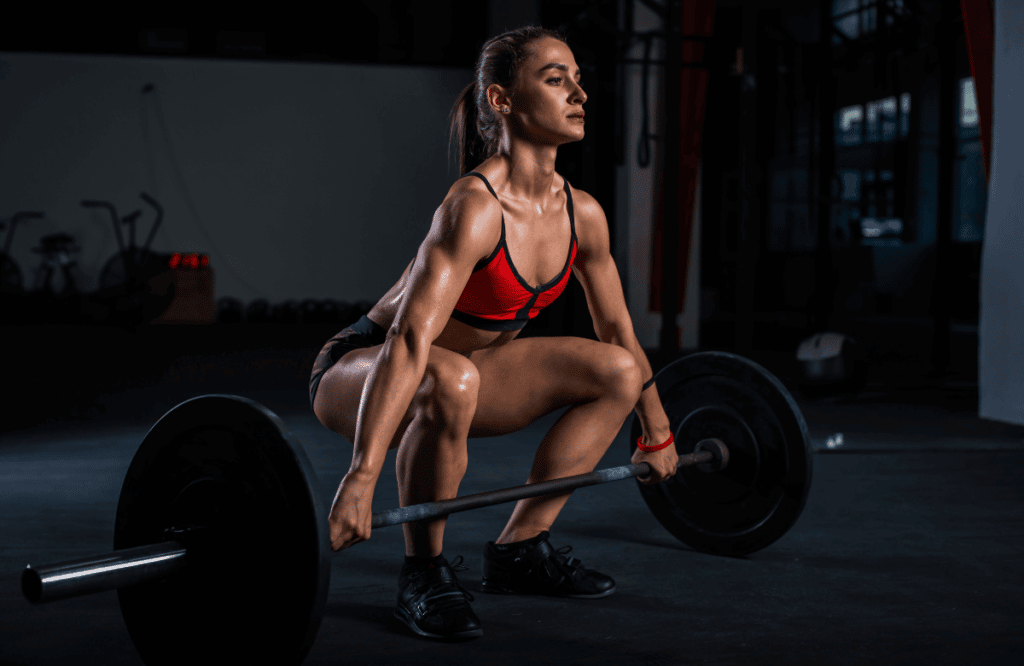When it comes to strength training, the deadlift, and Romanian deadlift are two powerhouse exercises that can transform your lower body. These movements may seem similar, but each has its unique benefits and muscle activation patterns. Understanding the key differences between them is crucial to maximizing your workout results.

Today, we will provide a detailed comparison of the traditional deadlift vs the RDL – exploring differences in muscles targeted, proper form, weight load capabilities, and benefits of each.
Contents
- 1 Deadlift vs Romanian Deadlift
- 2 Romanian Deadlift or Deadlift — Who Wins?
- 3 Frequently Asked Questions:
- 3.1 Which muscles do Romanian Deadlifts target?
- 3.2 Why should I choose Deadlifts over Romanian Deadlifts?
- 3.3 How do Romanian Deadlifts differ from Deadlifts in terms of muscle engagement?
- 3.4 Are Romanian Deadlifts harder to perform compared to Deadlifts?
- 3.5 Can Deadlifts and Romanian Deadlifts help in muscle building?
Deadlift vs Romanian Deadlift
Deadlifts and Romanian Deadlifts (RDLs) are both popular strength training exercises that target the posterior chain, which includes the muscles of the back, glutes, and hamstrings. Despite their similarities, they have distinct differences that make each exercise suitable for different fitness goals and preferences. Understanding these differences can help you decide which exercise is right for your workout routine.
1. Muscle Focus and Activation
Deadlifts engage a broader range of muscles including the lower back, glutes, hamstrings, quadriceps, forearms, and traps. It’s a compound movement that requires significant muscle recruitment.
Romanian Deadlifts focus more specifically on the hamstrings and glutes, with less emphasis on the quadriceps. The movement emphasizes hip hinge mechanics, making it an excellent exercise for targeting the posterior chain.
2. Starting Position:
Deadlifts typically start from the floor, requiring the lifter to lift the weight up and return it to the ground for each rep, engaging the quadriceps at the beginning of the lift.
Romanian Deadlifts usually start from the top position (standing, holding the bar at hip level) and are lowered down to around mid-shin or just below the knees before returning to the starting position, keeping tension on the hamstrings and glutes throughout.

3. Range of Motion:
Deadlifts involve a full range of motion from the ground up, challenging the body to lift from a complete stop and requiring significant work from the lower back and legs.
Romanian Deadlifts have a shorter range of motion focused on the lowering phase, which better targets the hamstrings and glutes with a stretch and contraction.
4. Equipment Grip:
Deadlifts often require a mixed grip (one hand pronated, one hand supinated) or hook grip to handle heavier weights without the bar slipping.
Romanian Deadlifts are typically performed with a double overhand grip, as the focus is not on lifting the maximum weight but on controlled movement and muscle engagement.

5. Lower Back Involvement:
Deadlifts demand significant engagement of the lower back muscles to initiate the lift from the floor, which can be beneficial for building back strength but may pose a risk if not performed with proper form.
Romanian Deadlifts require the lower back to stabilize the torso during the hip hinge but place less direct stress on the lower back, making them a safer alternative for those with lower back concerns.
6. Risk of Injury:
Deadlifts, due to the heavier weights typically used and the lift starting from the floor, can have a higher risk of injury, especially if performed with improper form.
Romanian Deadlifts generally have a lower risk of injury as they encourage a controlled tempo and lighter weights, focusing on form and muscle tension.

7. Utility in Training:
Deadlifts are often used as a measure of overall strength and are included in powerlifting competitions. They are beneficial for developing power, strength, and muscle mass.
Romanian Deadlifts are primarily used for improving muscle hypertrophy and endurance in the hamstrings and glutes, enhancing athletic performance, and correcting muscle imbalances.
8. Skill and Technique Requirement:
Deadlifts require careful attention to form to safely lift heavy weights from the floor. The technique involves a precise setup, including foot placement, hip hinge, and grip.
Romanian Deadlifts also requires good technique, especially in maintaining a neutral spine and properly hinging at the hips, but they are often considered easier to learn due to the less complex starting position and movement pattern.
Romanian Deadlift or Deadlift — Who Wins?
Deciding between Romanian Deadlifts (RDL) and conventional Deadlifts ultimately depends on your specific fitness goals:

- For Overall Strength: Deadlifts are superior due to their extensive muscle engagement and power development capabilities.
- For Posterior Chain Focus: RDLs win for their targeted strengthening of the hamstrings, glutes, and lower back.
- For Lower Back Safety: RDLs are often safer, emphasizing controlled movements and less spinal load.
- For Versatility and Athletic Performance: It’s a tie. Deadlifts offer various adaptations for strength, while RDLs enhance flexibility and target muscle imbalances, both beneficial for athletes.
- For Beginners: Both exercises have their merits, depending on the individual’s fitness level and objectives.
Frequently Asked Questions:
Which muscles do Romanian Deadlifts target?
Romanian Deadlifts primarily target the hamstrings and glutes. This exercise emphasizes hip hinging, helping to strengthen these muscles effectively.
Why should I choose Deadlifts over Romanian Deadlifts?
Deadlifts engage a wider range of muscles, including the back, core, and legs. They are excellent for overall strength development, back stabilization, and enhancing athletic performance.
How do Romanian Deadlifts differ from Deadlifts in terms of muscle engagement?
Romanian Deadlifts focus more on the hamstrings and glutes due to the hip hinge movement, while Deadlifts engage multiple muscle groups simultaneously for overall muscle development and functional strength.
Are Romanian Deadlifts harder to perform compared to Deadlifts?
Generally, Deadlifts are considered to be more challenging because they involve lifting heavier weights and engage more muscle groups. Romanian Deadlifts are slightly less demanding in terms of overall muscle engagement.
Can Deadlifts and Romanian Deadlifts help in muscle building?
Both Deadlifts and Romanian Deadlifts are effective in muscle building. Deadlifts target multiple muscle groups for overall strength gains, while Romanian Deadlifts are more specific in targeting the hamstrings and glutes for muscle development.

Hello, I’m Ravindra. Over the years, I’ve immersed myself deeply into the world of fitness and health, transforming both my body and mind. Writing has allowed me to share my journey, insights, and expertise with those just starting out and seasoned fitness enthusiasts alike. Beyond just routines and diets, I believe in inspiring others to adopt a holistic approach to well-being.
